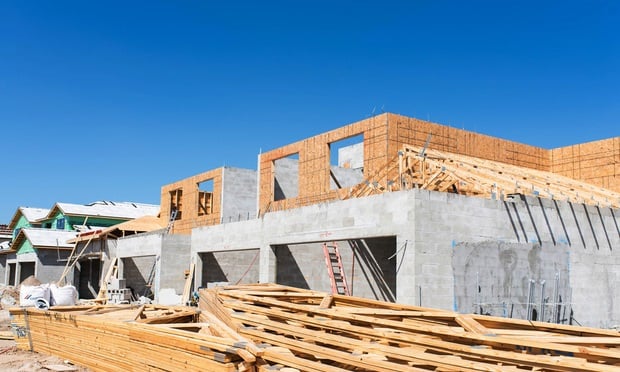LAS VEGAS-According to Area Development Online, 30% of the US commercial and industrial space lies vacant, and some corporate users report that the cost to maintain that fallow space approaches $15 million annually.
Last year the Society of Industrial & Office Realtors and the Industrial Asset Management Council joined forces in a groundbreaking study on the re-use of that space, and found much untapped return potential. The results of that survey, of more than 60 corporate real estate executives in global firms, was the focus of a major event at SIOR's Spring World Conference here.
The study revealed that 70% of respondents held assets on the books that were 11 years old at least. “The lease value of some of those assets drops 77 cents per square foot per year,” stated Kevin McGowan of McGowan Corporate Real Estate Advisors, one of the SIOR project team members.
Not surprisingly, the cost to repurpose is much less than the price tag of a new build. But the refurbish costs can creep up, depending on the current state of the facility and the intended use. In fact, the rehab costs can stretch from $2 a foot to as high as $750.
Also no surprise was the report that warehouse spaces—essentially big open boxes—were the most common repurpose targets (by 60% of respondents). Obviously, as the complexity of the project grows, the volume of adaptations drops.
But straight across the board, the ROI is impressive, and Ron Grossman of Novartis Pharmaceuticals, one of the study's co-chairs, told the attendees that “for 46% of the respondents, the ROI was one to three years.” Another 30% reported returns within three to five.
The other incentive to tackling an adaptive re-use was, well, incentives. Mark Beattie of consultancy Hickey & Associates explained that such projects are open to federal, state, regional and local grants and tax breaks. “But,” he warned, “it's important to obtain the buy-in of all involved partners,” and in that list he included not only the obvious investors and owners but the local community and special interest groups as well.
Of course, not all vacant spaces are prime candidates for rebirth, and 85% of respondents cited work process, technological infrastructure, facility layout and geography as the biggest barriers to re-entry.
Finally, the report team explained that there are a number of ways to maximize flexibility in the newly created space to extend the life of the facility. These include clustering building-core operations, creating a modular design and planning for redundant power.
Also, and this is key, as McGowan said, “Have an exit strategy.”
Want to continue reading?
Become a Free ALM Digital Reader.
Once you are an ALM Digital Member, you’ll receive:
- Breaking commercial real estate news and analysis, on-site and via our newsletters and custom alerts
- Educational webcasts, white papers, and ebooks from industry thought leaders
- Critical coverage of the property casualty insurance and financial advisory markets on our other ALM sites, PropertyCasualty360 and ThinkAdvisor
Already have an account? Sign In Now
*May exclude premium content© 2025 ALM Global, LLC, All Rights Reserved. Request academic re-use from www.copyright.com. All other uses, submit a request to [email protected]. For more information visit Asset & Logo Licensing.








